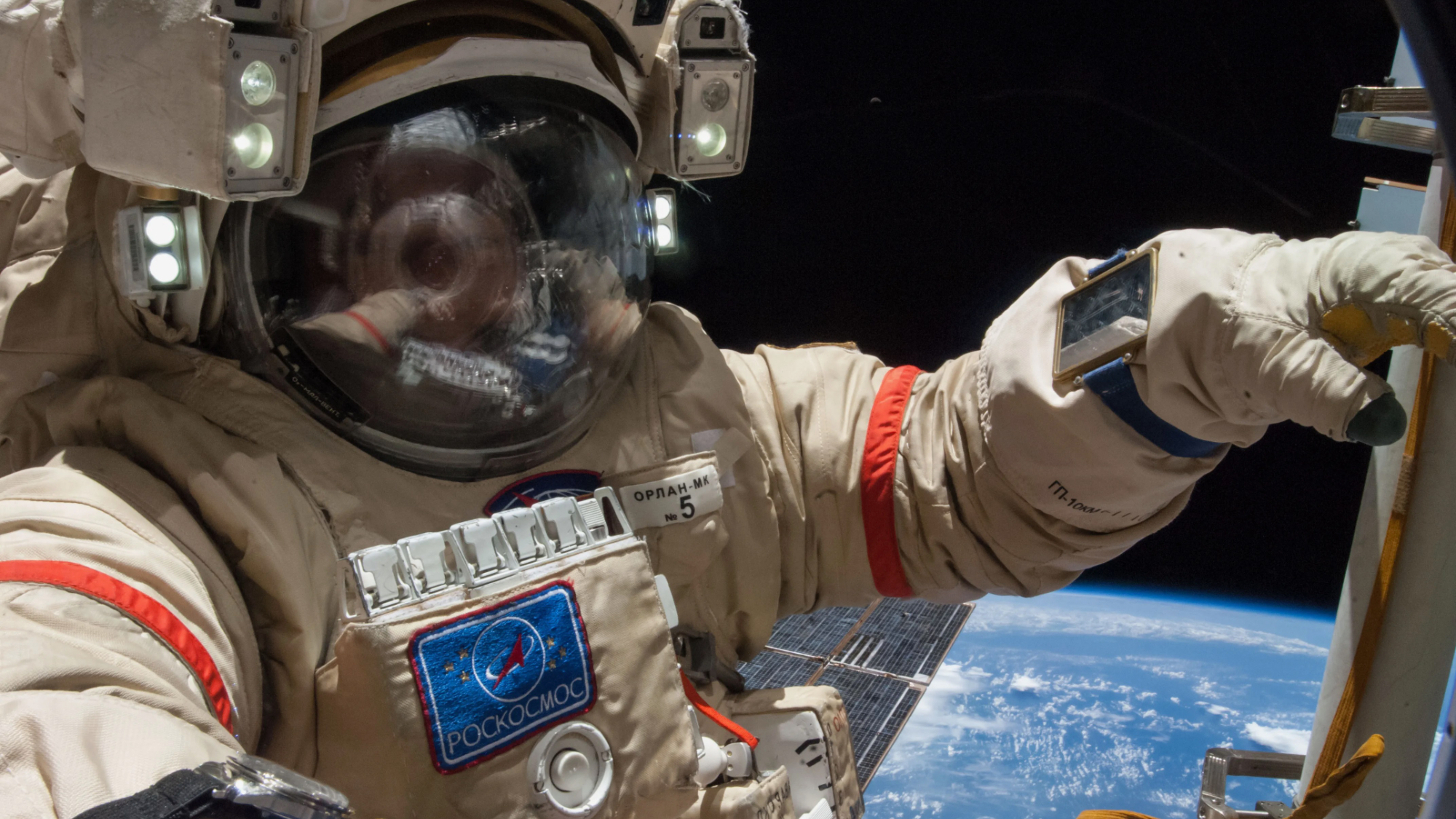ESA Commits $1.5 Billion To Fund Early ExoMars Work
PARIS — European Space Agency (ESA) governments, led by Italy, have agreed to finance early work in 2008 on a $1.5-billion Mars rover mission that likely will feature participation by the United States and Russia but will not be definitively approved by ESA governments until November, according to European government officials.
The decision to spend 80 million euros ($117 million) in 2008 on the ExoMars mission will preserve ESA's ability to launch the rover package in 2013 by permitting the purchase of hardware needed now to meet the 2013 launch date, ExoMars project manager Don McCoy said Dec. 14.
In an interview, McCoy said the decision is a positive sign for ExoMars, but that the mission still faces key hurdles even before ESA ministers meet in November to approve the entire ExoMars financial package.
An industrial team led by Thales Alenia Space Italy has submitted an ExoMars package totaling 1.02 billion euros including the production of a rover, integration of 22 science instruments, plus launch and operating costs.
This is the figure that ESA governments will need to approve in November. Not included are the 22 science instruments, most of which will be supplied by the national space agencies of Italy, France, Germany and Britain.
Daniel Sacotte, ESA's director of exploration programs, has raised concerns that these national agencies might not be able to furnish their instruments, raising the possibility that ESA ultimately will need to finance one or more of them from its own budget.
Taking a page from ESA's science directorate — which has encountered the same problem in its missions — ExoMars managers are preparing an Instrument Multilateral Agreement to be signed by ESA and by the national agencies taking part in the mission.
Breaking space news, the latest updates on rocket launches, skywatching events and more!
The agreement will not be a contract, but will carry the weight of a commitment on the part of these governments with respect to instrument specifications and delivery dates. McCoy said ESA hopes the document will be signed by all the participating agencies in early 2008 so that instrument work can begin. The document also will be another indicator — as was the ExoMars 2008 funding allocation of 80 million euros — that European governments remain supportive of the mission.
A much smaller version of ExoMars was approved by ESA governments in December 2005, with a budget set at 650 million euros. But this version was abandoned quickly when it became clear that its instrument package and rover, designed to be launched by a medium-lift Soyuz rocket, was too small to meet European scientists' expectations.
That led to the full program review, the new industrial proposal and the decision to cancel the original ExoMars in favor of the larger-scale project now moving forward.
ESA also intends to bring NASA and the Russian space agency, Roskosmos, into ExoMars as part of separate bilateral agreements.
McCoy said a draft letter of agreement with NASA has been approved and now is making its way through the U.S. and European space agencies' legal systems. The draft agreement calls for NASA to provide one full instrument on ExoMars and to provide a second instrument in cooperation with ESA. In addition, NASA would provide a telecommunications relay capability for ExoMars through one of the Mars orbiter missions planned by the U.S. agency.
The cooperation with Russia is more complicated.
ESA is working on a broad cooperation accord that would cover both ExoMars and Russia's Phobos-Grunt mission to Phobos, one of Mars' two moons. Phobos-Grunt tentatively is scheduled for launch in 2009 and is intended to return soil samples from Phobos to Earth.
The intergovernmental agreement with Roskosmos also would include a possible launch of ExoMars aboard a Russian Proton rocket, and the purchase by ESA of Russian-built radioisotope heater units, which use plutonium to keep the rover instruments warm.
Europe does not have this technology and the United State s has long said any U.S.-provided nuclear heaters would not likely be available for export.
Roskosmos tentatively has agreed to provide the technology for ExoMars, but ESA officials say they expect to have to pay for the technology even if Russia's Proton and other contributions are part of a no-exchange-of-funds agreement.
McCoy said using Russia's Proton rocket for ExoMars would relieve ESA of having to perform safety and security upgrades to Europe's Guiana SpaceCenter spaceport that would be necessary for handling nuclear material.
However, ExoMars' presumed launcher remains Europe's Ariane 5 ECA rocket. Switching to Proton would reduce ExoMars' project costs by some 140 million euros, but would add other costs associated with mission preparation at Russia's Baikonur Cosmodrome launch base. McCoy said the net savings would be around 100 million euros.
The Italian Space Agency, ASI, has agreed to finance around 40 percent of ExoMars, staking its claim as Europe's lead government for a broad space exploration program that is likely to be presented to the November ESA government meeting. Taken together, France, Germany and Britain have agreed to finance about 45 percent of ExoMars.
Join our Space Forums to keep talking space on the latest missions, night sky and more! And if you have a news tip, correction or comment, let us know at: community@space.com.
Peter B. de Selding is the co-founder and chief editor of SpaceIntelReport.com, a website dedicated to the latest space industry news and developments that launched in 2017. Prior to founding SpaceIntelReport, Peter spent 26 years as the Paris bureau chief for SpaceNews, an industry publication. At SpaceNews, Peter covered the commercial satellite, launch and international space market. He continues that work at SpaceIntelReport. You can follow Peter's latest project on Twitter at @pbdes.

